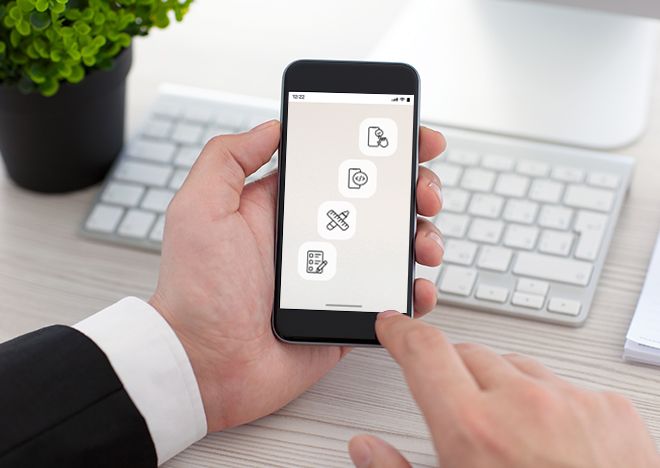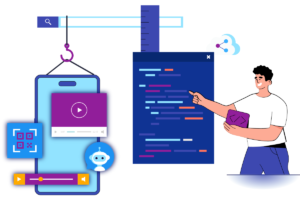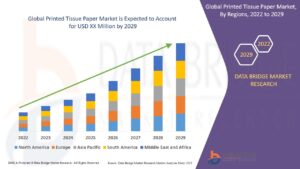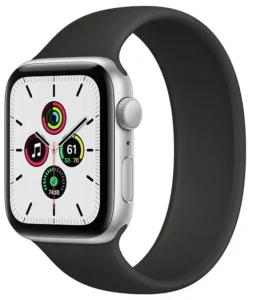mCommerce App Development: Transforming the Way We Shop
Mobile commerce, or mCommerce, has become a game-changer in the retail and eCommerce sectors. With smartphones becoming the go-to device for shopping, browsing, and payments, businesses are rapidly investing in mCommerce app development to meet evolving customer expectations and enhance revenue streams.
This article explores what mCommerce app development is, its benefits, essential features, development process, and future trends to watch.
What is mCommerce App Development?
mCommerce app development is the process of creating mobile applications specifically designed to facilitate buying and selling of goods or services through mobile devices such as smartphones and tablets. These apps often integrate payment gateways, personalized recommendations, product listings, and seamless navigation to offer a complete shopping experience.
Unlike traditional eCommerce websites, mCommerce apps leverage mobile-specific features like push notifications, GPS, biometric security, and camera access to provide a more engaging and convenient user experience.
Why Businesses Should Invest in mCommerce App Development
As consumers demand faster, personalized, and more secure shopping experiences, mCommerce app development is no longer optional—it’s essential. Here’s why:
1. Unmatched Convenience
Customers can browse products, compare prices, and place orders with just a few taps, 24/7, from anywhere.
2. Increased Customer Engagement
With mobile-exclusive features like push notifications, you can remind users of offers, abandoned carts, or new arrivals—keeping your brand top of mind.
3. Higher Conversion Rates
Mobile apps have higher conversion rates compared to mobile websites, thanks to better performance, UI/UX, and personalized content.
4. Better Data Insights
Apps collect valuable user behavior data that can be used to optimize marketing strategies, tailor recommendations, and improve product offerings.
Key Features to Include in Your mCommerce App
To succeed in a highly competitive market, your mCommerce app should include the following features:
User-Friendly Interface
A clean and intuitive UI is critical for seamless navigation and improved user retention.
Secure Payment Integration
Support for credit/debit cards, mobile wallets (like Apple Pay, Google Pay), and UPI with secure encryption.
Product Catalog and Search Filters
Let users easily search, sort, and filter products with real-time inventory updates.
Push Notifications
Keep users engaged with updates about sales, new arrivals, and order status.
Personalized Recommendations
AI-based engines can analyze user data and suggest products tailored to individual preferences.
Real-time Order Tracking
Allow users to track their shipments live with estimated delivery timelines.
Reviews and Ratings
Help build trust with peer feedback and authentic reviews for each product.
mCommerce App Development Process
Here’s a breakdown of how the mCommerce app development process typically works:
1. Market Research and Planning
Understand your target audience, competitors, and market trends. Identify the unique value your app will offer.
2. UI/UX Design
Create wireframes and prototypes focusing on user experience. Ensure your app design is mobile-first and easy to navigate.
3. App Development
Choose between native, hybrid, or cross-platform development frameworks (like Flutter or React Native) based on your budget and target platforms.
4. Back-End Integration
Connect your app to back-end systems like inventory, CRM, ERP, and payment gateways.
5. Testing and QA
Test the app rigorously for bugs, performance issues, and security vulnerabilities across multiple devices and OS versions.
6. Deployment and Launch
Publish the app on Google Play Store and Apple App Store after final approval and optimize your listing for app store visibility.
7. Post-Launch Maintenance
Monitor app performance, fix bugs, and roll out new features regularly to keep users engaged.
Technology Stack for mCommerce App Development
A reliable tech stack ensures scalability, security, and a smooth user experience. Here’s a standard stack used by most mCommerce app developers:
- Frontend: React Native, Flutter, Swift (iOS), Kotlin (Android)
- Backend: Node.js, Django, Ruby on Rails
- Database: MongoDB, MySQL, PostgreSQL
- Payment Gateways: Stripe, PayPal, Razorpay, Braintree
- Analytics: Firebase, Google Analytics, Mixpanel
Future Trends in mCommerce App Development
The mCommerce landscape is constantly evolving. Here are the trends shaping its future:
Voice Commerce
Voice assistants like Siri and Alexa are enabling hands-free shopping, making voice commerce a valuable feature.
AI and ML Integration
AI helps in providing personalized product suggestions, chat support, and predictive analysis.
Augmented Reality (AR)
AR enables customers to visualize products (like furniture or clothing) before purchasing, reducing return rates.
Blockchain for Secure Payments
Blockchain ensures transparency and security in digital transactions, especially in high-value purchases.
Social Commerce Integration
Apps are now embedding social media elements, enabling users to share, like, or review products within the app ecosystem.
Final Thoughts
The growth of smartphones and the demand for seamless digital experiences make mCommerce app development a top priority for businesses across industries. Whether you’re a startup, SME, or enterprise, launching a custom mobile commerce app can unlock new revenue streams, strengthen customer relationships, and keep you ahead in the digital economy.
Partnering with an experienced mobile app development company can simplify the entire process, ensuring your app is user-centric, scalable, and future-ready.













